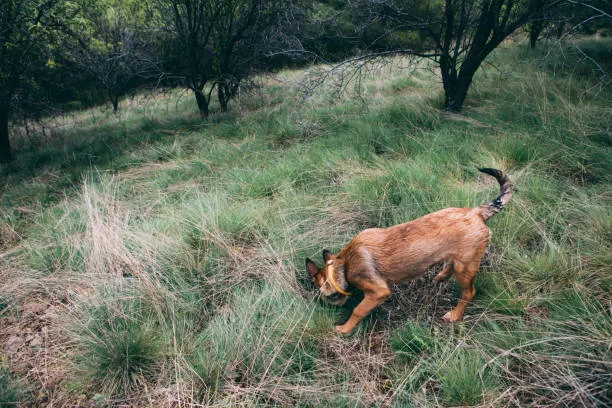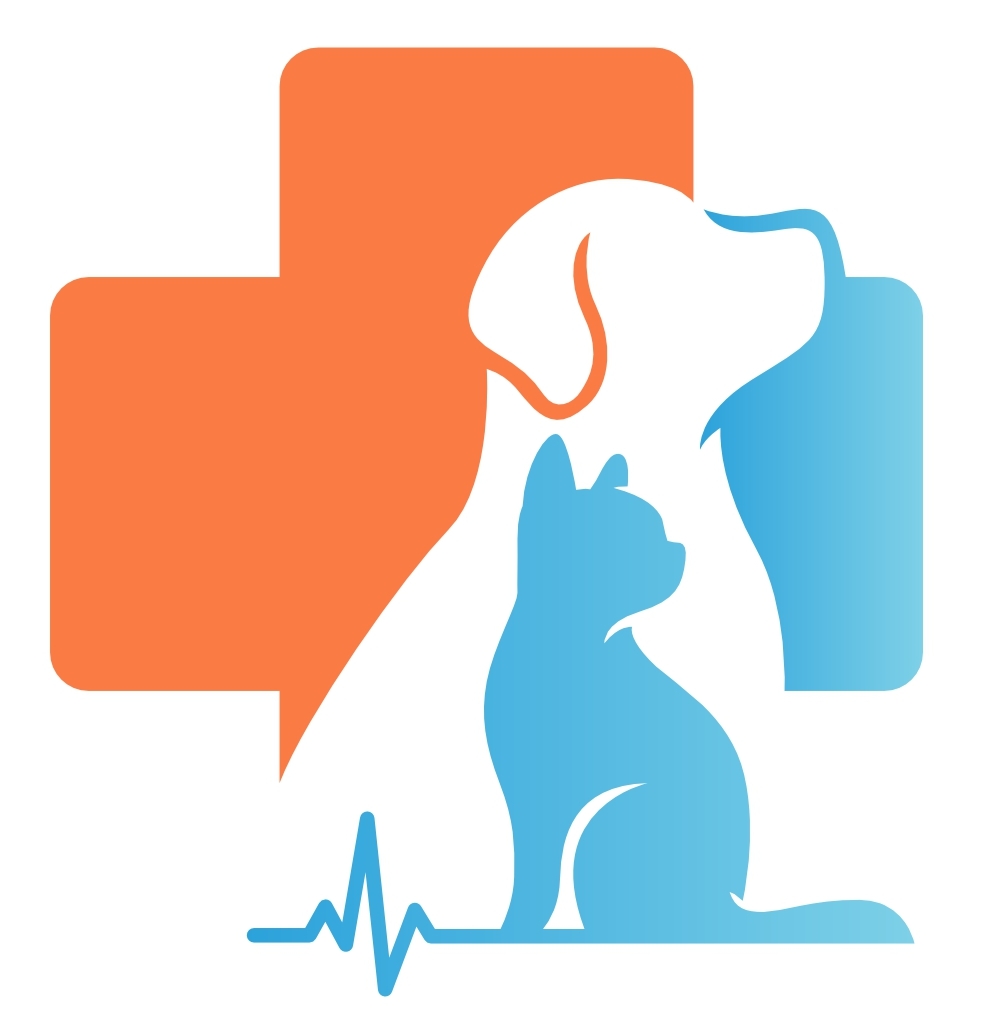Cuterebra or ‘Warbles’ in Dogs

Cuterebra are botflies that spend the larvae stage of their lifecycle within rodent or rabbit hosts and can accidentally infect dogs. They enter through the nose, mouth or a skin wound. They usually develop a cyst under the skin that can be located as it enlarges and often a breathing hole can be seen. The larva (warble) will leave the dog when it is ready to form a pupa but it will often leave behind a secondary bacterial skin infection or abscess in the empty cyst. Rarely, the larva/cuterebra migrate aberrantly through the dog causing inflammation and damage to different tissues, including the brain and eyes, and even potentially cause a severe systemic inflammatory response. Treatment depends on what damage has been done and can include removal of the warble, debridement or removal of the cyst, antibiotics and symptomatic and supportive treatment of the results of aberrant migration. Prognosis is generally good if only the skin is involved. Cuterebra infection can not be prevented easily, so monitoring the dog regularly for signs is important.
Cryptosporidiosis in Dogs

Cryptosporidium is a species of single-celled parasite that can infect your dog through the gastrointestinal tract. Clinical signs such as diarrhea and weight loss may only be seen in immunosuppressed patients, including puppies. These patients may need supportive care and other treatment to control disease. Certain Cryptosporidium species can be spread between pets and humans, making this parasite zoonotic.
Coccidiosis in Dogs

Coccidia are single-celled organisms that can act as parasites after infecting your dog through the gastrointestinal tract. The most common form affecting dogs, Isospora, is not a concern for infecting people. They are highly resistant to environmental conditions and cleanliness is important to prevent re-infection. Treatment is often simple with the appropriate antibiotics prescribed by your veterinarian.
Cheyletiellosis in Dogs

Cheyletiellosis is an uncommon but highly contagious skin parasite of dogs, cats, humans, and rabbits caused by Cheyletiella spp. mites. The most important clinical sign of cheyletiellosis is scaling or dandruff. Due to the large size of the skin mite, it is easily seen under a microscope set on low magnification. Cheyletiella mites are susceptible to most topical insecticides and the prognosis is excellent.
Capillaria in Dogs

Capillaria is a small internal parasite, often less than half of a centimeter in length. They are closely related to intestinal worms, though they can live in a variety of locations within the body. Diagnosis can be difficult because the eggs of Capillaria are shed only on an intermittent basis. While the parasite is easily eliminated with a dewormer, your dog may require additional medications to decrease the inflammation associated with the infection.
Azithromycin

Azithromycin is given by mouth or injection and is used on and off-label to treat a variety of infections. Give as directed. Common side effects include stomach upset. Do not use in pets that are sensitive to macrolide antibiotics. If a negative reaction occurs, please call your veterinary office.
Tramadol

Tramadol is a synthetic opioid given by mouth in the form of a tablet, capsule, or compounded liquid, and is used off label to treat pain. Common side effects include sedation, gastrointestinal upset, or agitation. It should not be used in pets that are hypersensitive to opioids, and should be used cautiously in geriatric, sick, or pets with seizures. If a negative reaction occurs, call your veterinary office.
NSAIDs (Nonsteroidal Anti-Inflammatory Drugs)

Nonsteroidal anti-inflammatory drugs (NSAIDs) are most often used to reduce pain, inflammation, and fever, much like how ibuprofen and naproxen are used by humans. In pets, they are most used around surgical procedures, after injury, or to help manage chronic pain such as that of osteoarthritis. Risks and potential side effects are discussed.
Homecare for Paralyzed Pets

Taking care of a paralyzed pet comes with many challenges. This handout reviews the needs of a paralyzed pet and how an owner can help them at home.
Exercising Dogs with Osteoarthritis

Controlled, regular physical exercise is one of the core treatments of canine osteoarthritis, along with weight control, physical rehabilitation, and pain management. Exercise increases circulation to the muscles and joints, decreases stiffness in the joint capsule and soft tissues, reduces pain, maintains strength, and benefits the cardiovascular system. Left untreated, the chronic pain of arthritis causes a continually worsening cycle of less movement, weight gain, muscle loss, decreased strength, and loss of cardiovascular fitness.

